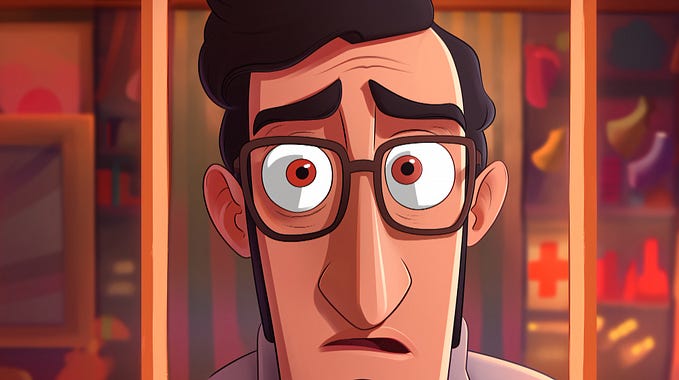Member-only story
How To Incorporate Kinesthetic Activities In A Language Class
Do you remember back in the day when you tried getting students to act out a scene to practice another language? Or maybe you tried getting students to act out every vocabulary word? I wasn’t there to witness the class, but I can guess that your students felt awkward, and you weren’t happy with the lackluster effort.
I’m here to tell you that I’ve been there too.
We’ve all been there. But the good news is that you did a good job in taking a risk, and trying out something new. And, isn’t that what we want our students to do every day?
In this article, I’ll share a few kinesthetic activities that can successfully be used in a language classroom, that will have you happy with the results, and have your students feeling confident and comfortable.
Concentric Circles With High Five
I’ll be the first to admit that the name of this activity is not the most enticing. But, I’ll also tell you that when I used this activity with high school students, and adult learners, I got a whole lot more compliments on my teaching strategies.
In this activity, you need to split the class in half. If you have a class of 30, you’ll have 2 groups of 15. Give each student in one group a piece of paper that has a…




